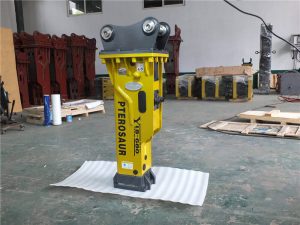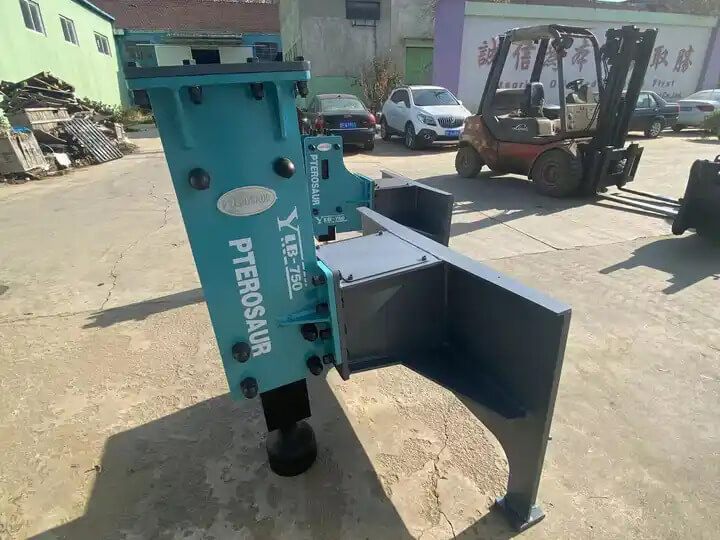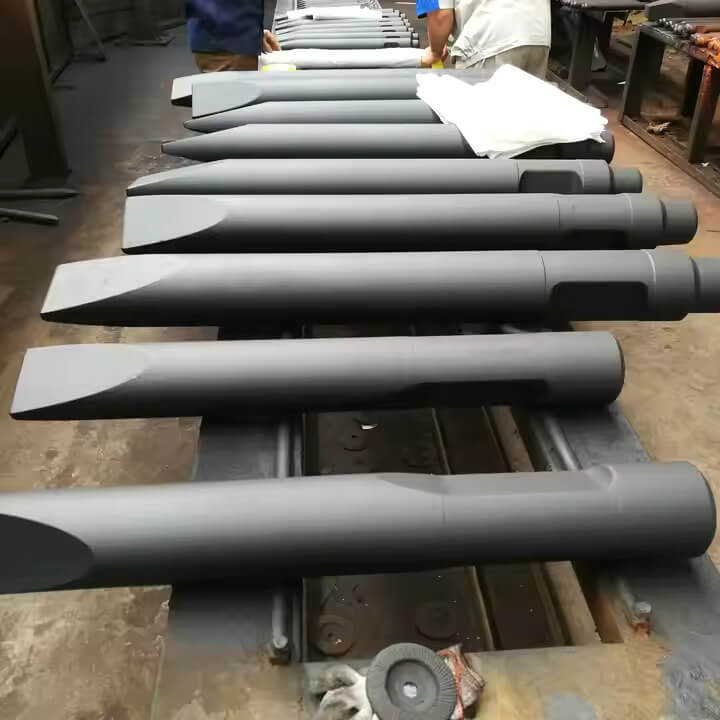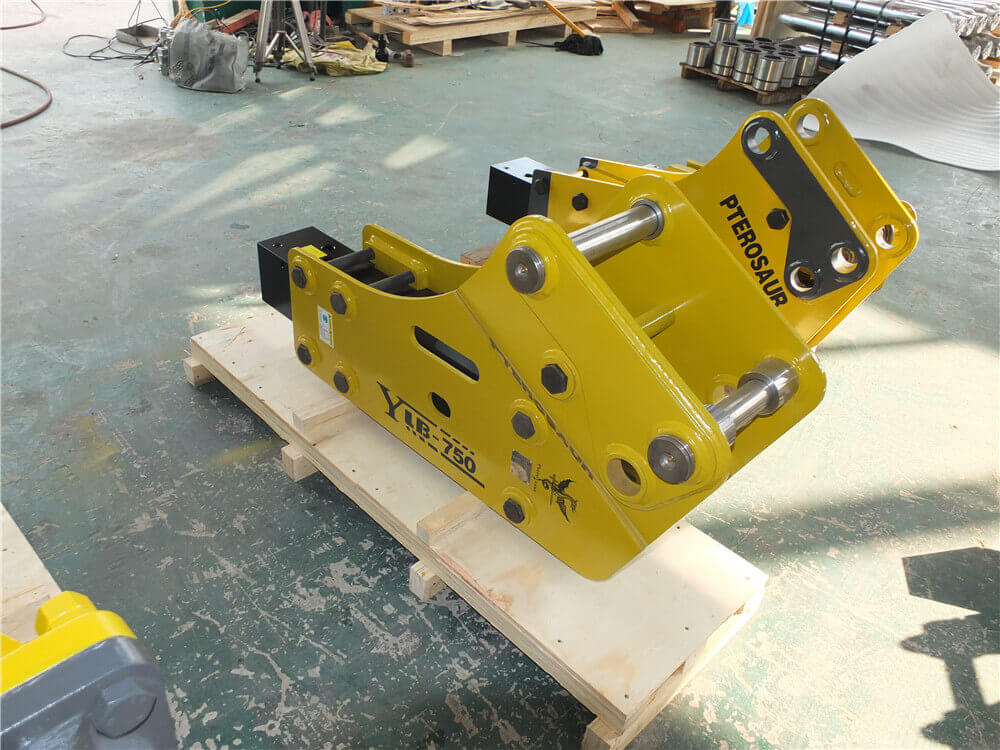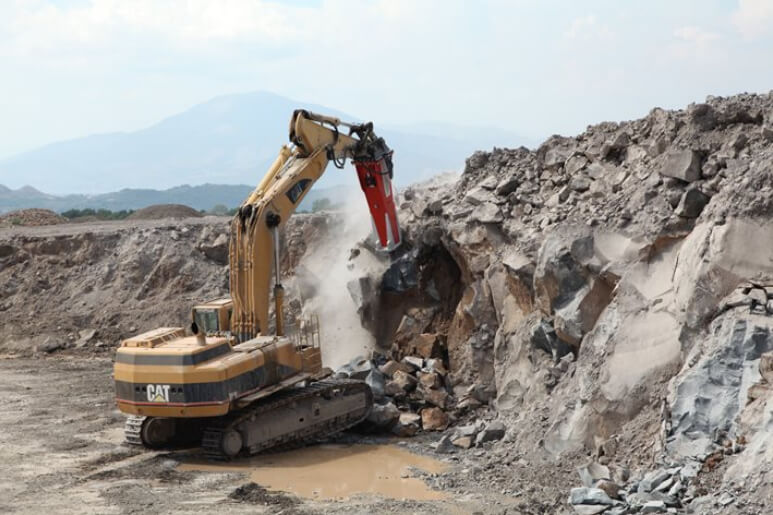Understanding Shock Absorbers: Gas vs. Hydraulic
Shock absorbers are critical components of a vehicle’s suspension system, designed to absorb and dampen kinetic energy. They play a vital role in providing control and comfort while driving, enhancing the overall driving experience. There are two primary types of shock absorbers: gas and hydraulic, each with its unique characteristics and advantages. This article delves into the differences between these two types, their workings, and their applications.
What Are Shock Absorbers?
Shock absorbers are mechanical devices that manage the impact and oscillation of a vehicle’s suspension. By absorbing shocks from uneven surfaces, they help maintain tire contact with the road, improving vehicle stability and handling. The two main types of shock absorbers are gas and hydraulic.
Hydraulic Shock Absorbers
Hydraulic shock absorbers utilize a fluid-filled cylinder and a piston to dampen motion. When the vehicle encounters a bump, the piston moves through the hydraulic fluid, which creates resistance and dissipates energy. This process effectively absorbs shocks and reduces vibration. Hydraulic shock absorbers are known for their robust performance and are commonly used in various applications, from cars to heavy machinery.
Key Features of Hydraulic Shock Absorbers:
- Fluid Damping: Utilizes hydraulic fluid to create resistance.
- Versatile Applications: Suitable for a wide range of vehicles and equipment, including hydraulic breakers and industrial machinery.
- Durability: Designed to withstand high pressure and provide long-lasting performance.
Gas Shock Absorbers
Gas shock absorbers, often referred to as gas-filled shock absorbers, incorporate gas (usually nitrogen) in addition to hydraulic fluid. The gas pressurizes the fluid, preventing cavitation and allowing for a more consistent damping performance. This design results in improved responsiveness and reduced fade during prolonged use, making them ideal for performance vehicles.
Key Features of Gas Shock Absorbers:
- Dual Functionality: Combines gas and hydraulic fluid for enhanced performance.
- Improved Control: Better at managing rapid changes in motion, providing a more responsive ride.
- Less Fade: Maintains performance under extreme conditions, making them suitable for high-performance and off-road vehicles.
Comparing Gas and Hydraulic Shock Absorbers
When choosing between gas and hydraulic shock absorbers, consider the following factors:
- Performance Needs: For everyday vehicles, hydraulic shock absorbers may suffice. However, for performance or off-road vehicles, gas shock absorbers offer superior control and responsiveness.
- Cost: Hydraulic shock absorbers tend to be more affordable, while gas shock absorbers usually come at a premium due to their advanced technology.
- Maintenance: Both types require regular maintenance, but gas shock absorbers may need more frequent checks for gas pressure.
- Durability: Hydraulic shock absorbers are generally known for their durability, while gas shock absorbers excel in performance longevity.
Applications of Shock Absorbers
Shock absorbers are not limited to automotive applications; they are also used in various industrial and construction settings. For instance, hydraulic shock absorbers are commonly employed in hydraulic breakers, like the SOOSAN SB series, which are used for demolition and heavy construction work. These devices help absorb the shocks produced during breaking operations, ensuring smoother operation and increased equipment lifespan.
Conclusion
Both gas and hydraulic shock absorbers serve essential roles in vehicle and machinery performance. Understanding the differences between them allows users to make informed decisions based on their specific needs and applications. Whether for enhancing driving comfort or improving machinery efficiency, selecting the right type of shock absorber can significantly impact performance and safety.

